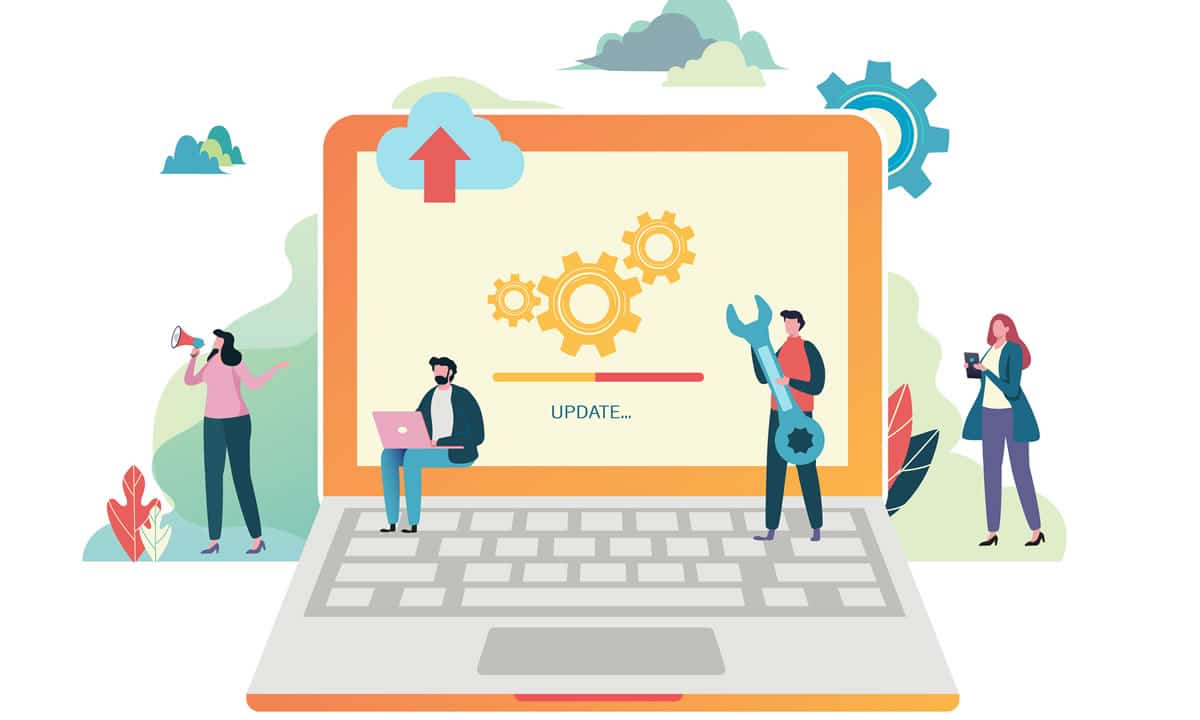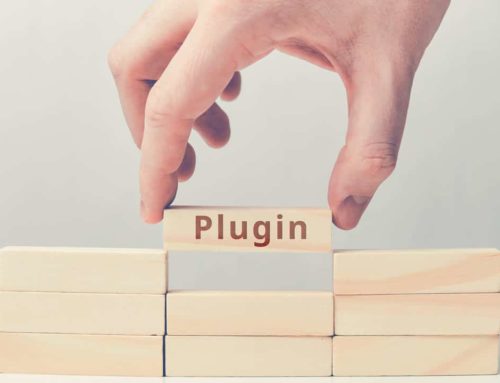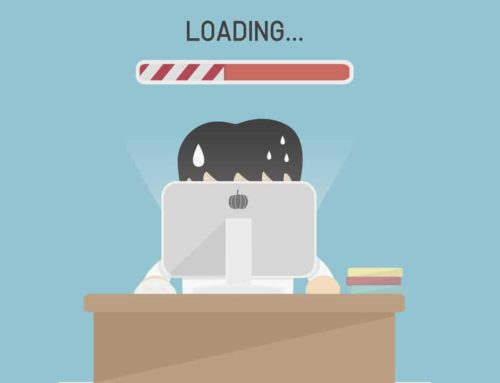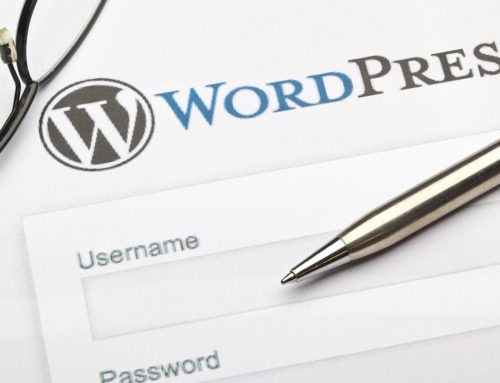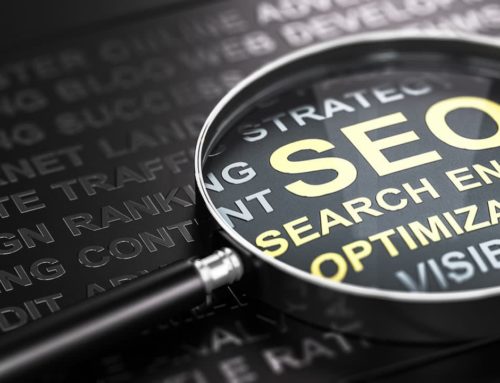Most of us who’ve managed our own WordPress website have experienced the exhilaration of getting our streamlined, gleaming, sleek website up and running, then realizing some months or years later that it’s not really performing as well as it used to. Like anything else we use, our WordPress sites need regular maintenance to perform well, though it’s easy to forget that, until we see it’s not operating well anymore.
It’s best to perform maintenance regularly, the way you change the oil and rotate the tires (you do that, right?) on your car. Here are some ways that you can keep your WordPress website humming along.
Keep Your WordPress Core, Theme, and Plugins Current
When sites start to load slowly or awkwardly, it’s often because the elements are no longer optimized to fit with one another. When updates are offered, it’s a good idea to see what other users are saying about them before installing, but if there seem to be no problems, use the most up-to-date versions. Generally speaking, apart from keeping performance in line with updates to core and themes, plugin updates respond to security issues that have been reported. Most hacks of WordPress sites occur through plugin vulnerabilities.
Also, consider carefully whether you wish to continue to use a plugin that is no longer supported by its developer. That generally means that other users have moved on to something else, and suggests that a bit of research is in order. There are tools such as online tools such as VirusTotal that will allow you to scan plugins and themes in advance to verify that there is no sneaky code in them, and a plethora of other plugins that will keep an eye on things for you.
Get Rid Of Plugins and Themes You Don’t Really Use
Sometimes the idea of a plugin or theme seems cool, so you install it, but you find you don’t really use it. Since plugins–particularly ones that you tend to forget about and not update–present the most often exploited hacking targets on your site, you want to keep their number to an elegant minimum. Deliquent plugins or themes also increase the risk of software conflicts and slow the speed at which your website loads, and as we like to remind you here, speed of loading directly affects your search engine ranking, particularly on Google.
If you don’t use it, lose it.
Run Regular Diagnostics on Your Site To Check Speed
If it seems pokey, it probably is, but it’s best to know. Google’s PageSpeed Insights is one of several sites that can help you keep an eye on performance. You can also run a site speed optimization plugin, but even without one, there are certain things you can do to keep ‘er movin’.
The first is to enable caching. It’s the single easiest way to boost your site’s performance. It prevents your site’s having to assemble the information for a page that is visited again and again. Once generated, that information is held in a WordPress cache, available to serve to subsequent visitors, boosting the performance of your site and improving visitors’ experience.
The next one is image optimization. By compressing the size of image files without losing detail, image optimizers make them easier to serve up online. Especially if your site is image-heavy, it’s best to use plugins such as OptiMole, Smush, or Imagify to make sure you’re making the most of your resources and your users’ bandwidth.
Enable lazy loading. When someone visits your site, WordPress will put off loading some parts of your site until they are called for, serving up just what the visitor seems to be interested in at the moment. So, instead of horking up everything at once, it husbands resources until they are likely wanted, and hands them over then. This boosts the initial loading speed of your site, and provides a better experience for your visitor.
Optimize Your Database Often
Set yourself a reminder, or automate the task. There are several good DB optimization plugins that can perform a sort of defrag of your database and keep things running smoothly.
Fix or Remove Broken Links
Over time, broken links can make a shambles of your website, from an appearance point of view and from a performance point of view. Broken links can spoil all of your SEO efforts, and cause frustration for visitors. Nobody likes to be directed to a 404 page.
Link audits are therefore very important. If your site is small, it’s an easy enough matter to check and fix them manually, but if it’s larger, Google Analytics can flag all of these problems for you. If you enable Analytics for your site, you’ll get a detailed readout of any links that are directing to 404 error pages, so you’ll know what to fix.
Check Your Forms
Make sure your forms are functioning properly. Check them periodically, but particularly after updates and if you notice a sudden decrease in traffic. They are critical to your business. If WordPress stops sending emails, here are tips on sorting out the issue.
Optimize Your Site for Mobile Devices
An increasing proportion of web searches and site visits is being conducted through smartphones and tablets, and it has become quite easy to configure your site to make it pleasant to use for visitors. If you haven’t done this yet, it really needs to be a top priority. You are losing business if you don’t.
Perform Regular/Frequent Backups
This is the most important point of all of these, so we’ve saved it for last. Your site could be wiped out by a hardware failure or fall victim to cybercriminals. Rebuilding it from scratch is time consuming, labor intensive, and can cost you business. Install a WP backup plugin, and back up often. Anything you add that you’d be afraid to lose should be the occasion for a new backup. Just make it part of your routine.
If you follow these tips, you’ll keep your site purring along. If you need or want help with any of this, talk to us here at SunAnt. We’ll be happy to advise you or to sort through your site.

